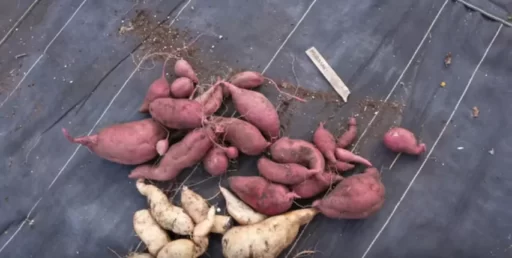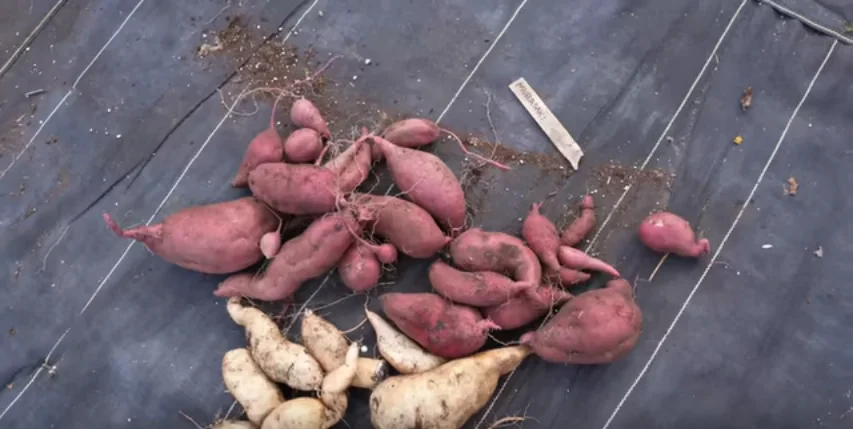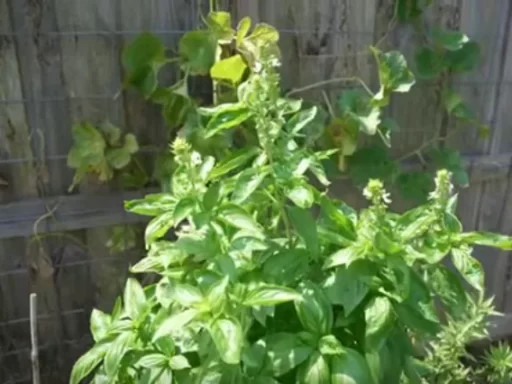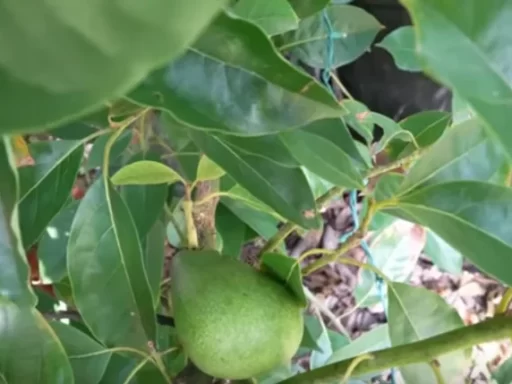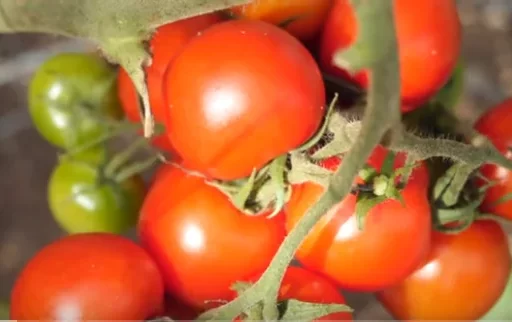Sweet potatoes are a popular crop for home gardeners due to their ability to thrive in hot, humid conditions. For the past five years, I have been growing sweet potatoes, experimenting with both in-ground and container methods. Today, I will share my results and compare the production between the two approaches, along with tips on how to successfully grow sweet potatoes.
The Basics of Growing Sweet Potatoes
Sweet potatoes are a hardy crop, especially in the southern regions of the United States, where summers are hot, humid, and wet. These are the perfect conditions for sweet potatoes to grow, making them a low-maintenance option for many gardeners. The more rain, heat, and humidity, the better they perform.
However, despite their resilience, sweet potatoes have specific needs when it comes to soil composition. The key takeaway is that they thrive in low-nutrient soils, particularly sandy loam, with minimal organic matter. This is where many gardeners, including myself, run into issues.
Avoid Over-fertilization
One of the most important lessons I learned is that sweet potatoes do not respond well to excessive fertilization, especially when it comes to nitrogen. Nitrogen-rich soils encourage vine growth at the expense of tuber production. This was a hard lesson I learned after a previous season where I heavily amended my beds with compost and fertilizer. The result? Beautiful vines but a poor tuber harvest.
Sweet potatoes prefer soil low in nitrogen but rich in phosphorus and potassium. Bone meal and wood ash are great supplements, providing the necessary nutrients without overloading the soil with nitrogen. If you use too much compost, your sweet potato vines may look fantastic, but the tuber production will suffer.
Growing Sweet Potatoes in Containers
This season, I decided to test growing sweet potatoes in containers to see if I could avoid the over-fertilization problem. I used 20-gallon fabric grow bags filled with potting mix, which has less organic matter compared to garden soil. Another advantage of containers is that they allow excess nitrogen to be flushed out during rain, creating a more favorable environment for tuber growth.
The Harvest Process
Harvesting sweet potatoes from containers is simple. I start by cutting away the vines and then dumping the contents of the containers onto a tarp. This makes it easier to find all the tubers and reuse the potting mix for future planting. This method is much more convenient compared to digging them up from a garden bed, which can be labor-intensive.
In my containers, I grew two varieties of sweet potatoes: Murasaki and O’Henry. The Murasaki variety, bred in Louisiana, is particularly well-suited for southern climates and produced a great harvest. The O’Henry variety, on the other hand, is known for its low production and higher cost in grocery stores. While the Murasaki plants flourished, the O’Henry produced fewer tubers, consistent with their reputation for being difficult to grow.
Growing Sweet Potatoes in Raised Beds
For comparison, I also grew sweet potatoes in a raised garden bed. This bed, measuring 4 feet by 6 feet, was amended with compost, bone meal, and wood ash to strike a balance between providing nutrients and avoiding nitrogen overload. Despite my efforts, the harvest from the raised bed was disappointing.
The Results
The sweet potatoes from the containers were far larger and more abundant than those from the raised bed. In fact, I was able to fit all of the tubers from the raised bed into a single 5-gallon bucket, whereas the container-grown sweet potatoes required two buckets.
In addition to the quantity, the size of the potatoes was noticeably different. The raised bed produced many small tubers, while the container-grown tubers were large and healthy. This suggests that the root restriction provided by the containers might actually promote larger tuber development. With the limited space in the containers, the roots have fewer places to spread, which seems to result in larger tubers.
Why Containers Outperformed Raised Beds
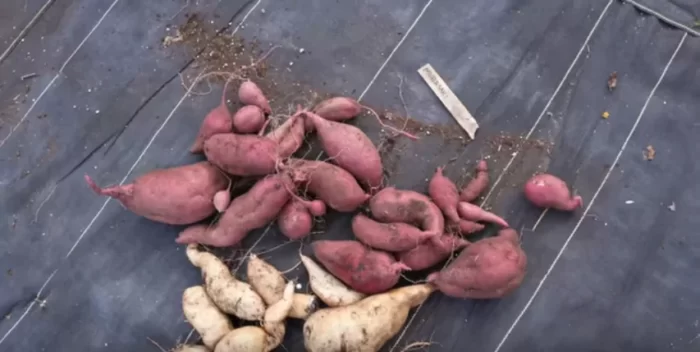
The stark difference in production can be attributed to the fertility of the soil in the raised bed. Sweet potatoes, as I mentioned earlier, do not thrive in nutrient-rich soils. The compost and organic matter in the raised bed encouraged vine growth at the expense of tuber development.
In contrast, the potting mix in the containers provided a low-nutrient environment that was more suited to sweet potato production. The constant rain also helped flush out excess nitrogen, further benefiting the tuber growth.
The Final Verdict: Container vs. Ground
Does this mean that containers are always superior to in-ground planting for sweet potatoes? Not necessarily. Under ideal conditions, sweet potatoes planted in the ground have the potential for greater production. In sandy, low-nutrient soils like those found in Florida, Georgia, and the Carolinas, sweet potatoes can thrive. However, in more fertile soils, like those in my raised bed, containers offer a better option because they provide more control over soil composition.
For gardeners with limited space or those dealing with nutrient-rich soil, containers offer a viable alternative that can produce excellent results with less effort. The added benefit of easier harvesting makes container gardening an attractive option for many home gardeners.
Curing and Storing Sweet Potatoes
Once harvested, sweet potatoes need to be cured to maximize their sweetness and storage life. Curing involves keeping the sweet potatoes in a warm, humid environment (around 85-90°F with 90% humidity) for about 10 to 14 days. This process helps the tubers develop their sugars and toughen the skin, allowing them to be stored for months without spoiling.
To cure my sweet potatoes, I use a homemade humidity chamber with a seedling heat mat and thermostat to maintain the proper temperature. This setup ensures that my sweet potatoes cure properly and are ready for long-term storage.
Frequently Asked Questions (FAQs)
- Can sweet potatoes be grown in any type of soil?
- Sweet potatoes prefer sandy, low-nutrient soils. They do not perform well in nutrient-rich or compost-heavy soils.
- What is the best time to plant sweet potatoes?
- Sweet potato slips should be planted in late spring or early summer when the soil is warm and the risk of frost has passed.
- How often should I water sweet potatoes?
- Sweet potatoes need consistent moisture, especially during hot summer months. Ensure the soil is well-drained to avoid waterlogging.
- Why are my sweet potato vines growing well, but the tubers are small?
- Excessive nitrogen in the soil can cause vigorous vine growth but poor tuber development. Reduce nitrogen-rich fertilizers and focus on phosphorus and potassium.
- Can I grow sweet potatoes in containers?
- Yes, sweet potatoes can be successfully grown in containers, especially if you use a potting mix with low organic matter. Containers can help control soil composition and prevent over-fertilization.
- How long does it take for sweet potatoes to mature?
- Sweet potatoes typically take between 90 and 120 days to mature, depending on the variety and growing conditions.
- How do I store sweet potatoes after harvesting?
- After curing, sweet potatoes should be stored in a cool, dark, and dry place. Properly cured sweet potatoes can last for several months in storage.

